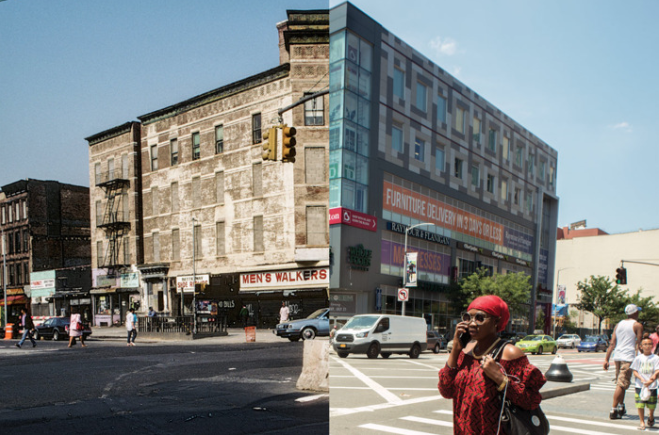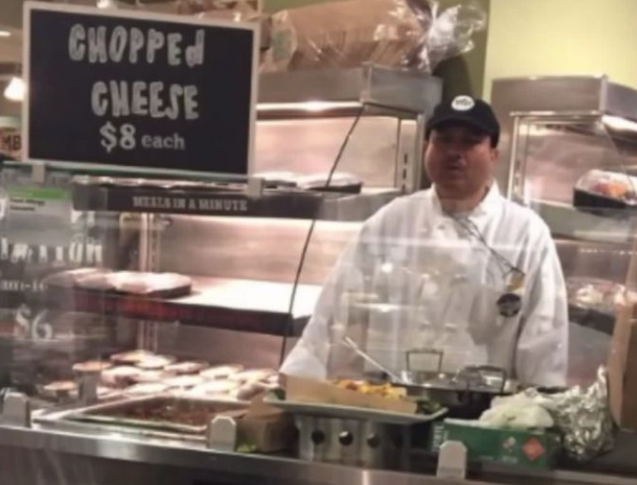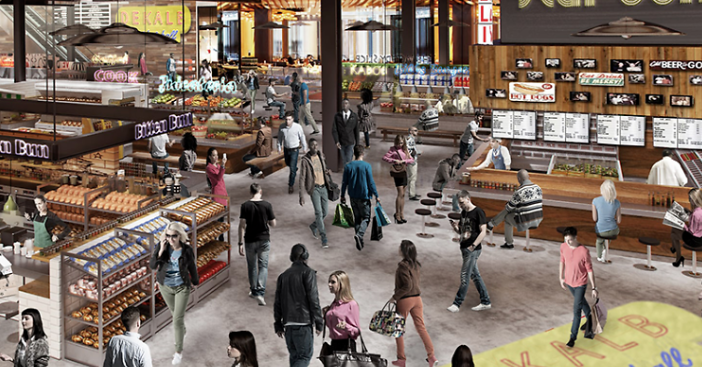Poor, minority neighborhoods are changing rapidly, and their food environments both exemplify and foster this change. Fort Greene, the neighborhood of my high school, was once a predominantly black area. Now it is almost 50% white, as rising rents, mortgages, and food prices have forced original residents out. In my four years of high school, more than 20 new food establishments opened in the area, completely changing the neighborhood. It now has a Whole Foods, two high-end, public food halls, and many chic new restaurants. These have replaced minority-owned, neighborhood and cultural staples such as Madiba, an extremely popular and delicious South African restaurant that in 2018, after 19 years, was forced to close due to financial troubles. Both policy and cultural consumerism have driven gentrification in cities like NYC, and have created food environments that, while giving residents healthier options, decrease the affordability of neighborhoods and dislocate native residents.
Policies have furthered food gentrification. Establishments such as Whole Foods used avoid minority, low income neighborhoods, but as these neighborhoods are growing richer and whiter, policies have changed to incentivize their development. Mayor DeBlasio’s housing plan included rezoning various low-income areas to boost high-density housing and commercial development. Additionally, the city has provided economic incentives, such as tax breaks, to lure companies like Whole Foods into these areas. This has resulted in more affluent, white people moving in, as well as more high-end eateries and supermarkets to cater to new residents. The neighborhoods affected by this process have experienced vast changes in their food environments. Harlem exemplifies these changes. Once a food desert, the neighborhood now has a variety of healthy food establishments, including a Whole Foods. While an increase in healthy options benefits the community, the costs that come with this growth are damning. Higher-quality food comes at a higher price, and many Harlem residents cannot afford to shop at these places. Additionally, the presence of gourmet supermarkets has proven to significantly increase the housing prices in surrounding areas. This outcome has become known as the Whole Foods effect. The combination of increased food prices and increased rents leads to residents having less to spend on food while food prices rise. This has forced residents in Harlem, and in other communities, to move out.

http://nymag.com/intelligencer/2017/07/harlem-gentrification-whole-foods-vanishing-new-york.html
Food gentrification goes beyond economically burdening poor residents; it also strips neighborhoods of their character, and appropriates their cultures. Numerous black-owned eateries that were considered important symbols of Harlem have closed in recent years, many now replaced by brand-name, commercial franchises that use the cultural roots of the neighborhoods as a selling point. Additionally, food itself has become gentrified. High-end establishments have recreated culinary staples of poor, minority communities, and marketed them to a broader, whiter audience at a higher price. For example, Whole Foods now sells the chopped-cheese sandwich, what used to be a specialty in the bodegas of minority NYC neighborhoods. Whole Foods also labeled collard greens the new kale, a statement that proves their complicity in culinary cultural appropriation.

https://www.aol.com/article/news/2016/12/21/whole-foods-faces-backlash-for-serving-chopped-cheese-sandwiches/21632549/#slide=4319590#fullscreen
While trendy and desirable to some, high-end supermarkets, food halls and restaurants are forces of gentrification. They cater to an affluent, white demographic, while driving out the poor, minority communities that created many of their dishes. If this trend continues, we could see neighborhoods like Harlem complete their transformation into places whose cultural roots have all but died, the only remnants of them lining the shelves of gourmet supermarkets and the menus of high-end eateries.

https://www.timeout.com/newyork/blog/everything-we-know-about-dekalb-market-hall-012916
Links:
–https://www.theroot.com/on-whole-foods-gentrification-and-the-erasure-of-black-1797444513
-https://www.nytimes.com/2018/01/23/magazine/when-gentrification-isnt-about-housing.html
-http://eatingineastharlem.org/eating-in-east-harlem-an-assessment-of-changing-foodscapes-in-community-district-11-2000-2015/
